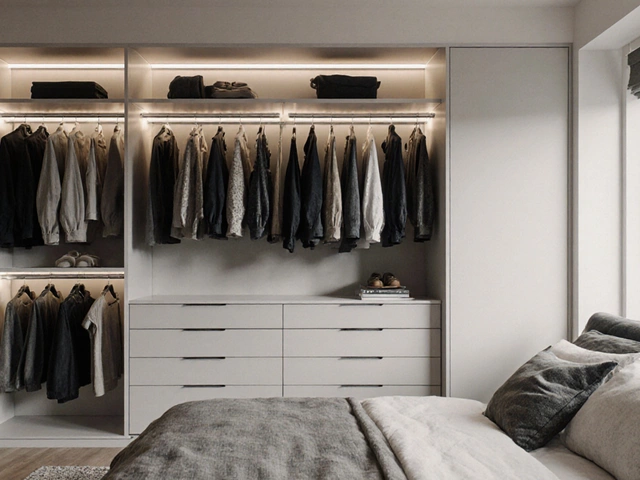Furniture Covers: Protect Your Pieces and Extend Their Life
When you think about keeping your furniture in good shape, furniture covers, protective barriers designed to shield sofas, chairs, and tables from daily damage. Also known as upholstery protectors, they’re one of the simplest and cheapest ways to stop wear before it starts. Whether it’s a couch in a home with kids, a dining chair near a kitchen, or an antique sideboard in a sunlit room, covers act like a shield. They block UV rays that fade fabric, catch crumbs and pet hair, and prevent spills from soaking into the material.
Not all covers are the same. sofa covers, custom or stretchable slipcovers made to fit specific seating shapes are great for hiding stains or changing a room’s look without reupholstering. chair covers, lightweight slips that slip over dining or armchair frames work well for high-use spots. And for delicate or valuable pieces—like a vintage wooden table or a leather recliner—furniture maintenance, the regular care routine that includes cleaning, conditioning, and covering to preserve materials becomes part of your home’s rhythm. Using a cover isn’t just about hiding damage; it’s about delaying the need for expensive repairs or replacements.
You don’t need to buy fancy, expensive covers to get results. A cotton slipcover from a local store, a waterproof throw for your favorite armchair, or even a clean bedsheet tucked under the cushions can make a real difference. The key is consistency—putting the cover on after dinner, removing it before guests arrive, or leaving it on during cleaning days. It’s not about perfection; it’s about reducing stress on the fabric or finish over time.
And here’s the thing: covers aren’t just for homes with kids or pets. Even in quiet, clean spaces, dust, sunlight, and normal use slowly break down materials. A cover adds a buffer. It lets you clean the cover instead of the sofa. It keeps your favorite chair from getting worn thin at the arms. It gives you breathing room when you spill coffee or your dog jumps up after a walk.
Below, you’ll find real examples from homeowners and DIYers who’ve used covers to save money, protect their stuff, and keep their spaces looking fresh. Some turned old covers into new designs. Others used them to bridge gaps between furniture styles. A few even kept their antique tables from cracking by using covers during dry winter months. These aren’t just tips—they’re proven moves people made with simple tools and smart habits.
How to Cover Furniture for Storage: A Practical Guide to Protect Your Pieces
Learn how to properly cover furniture for storage to prevent damage from moisture, dust, and pests. Get step-by-step tips on materials, setup, and long-term care.
full article




